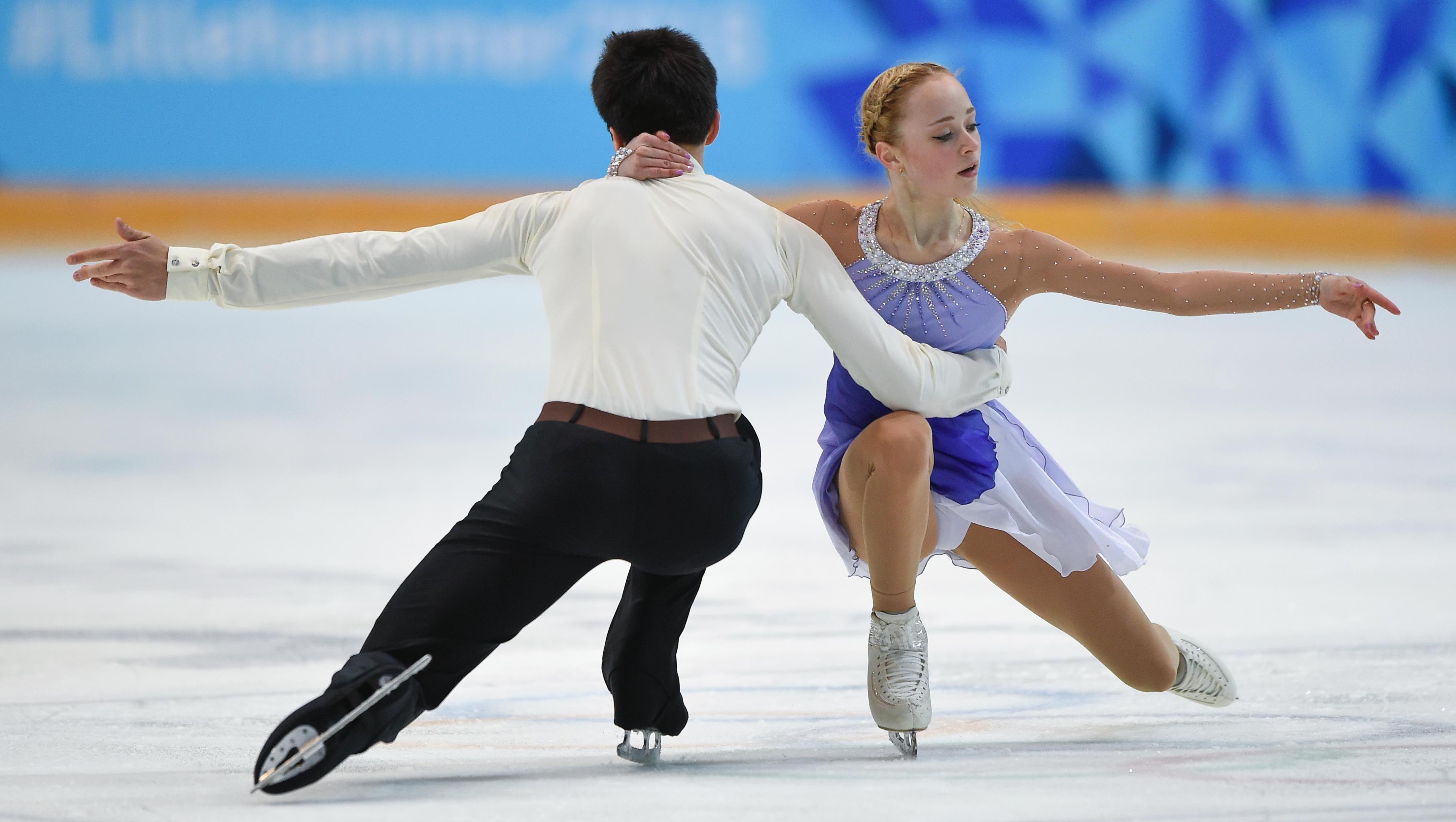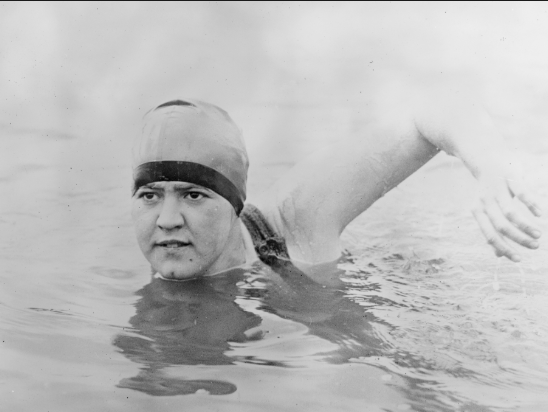
The Symphony of Ice: A Deep Dive into Figure Skating Performance Preparation
Figure skating, a captivating blend of athleticism, artistry, and technical precision, demands meticulous preparation to deliver a compelling performance. Beyond the dazzling spins and breathtaking jumps, lies a rigorous process of training, refinement, and mental fortitude that transforms months of dedication into a few fleeting minutes on the ice. This article delves into the multifaceted preparation involved, encompassing the physical, technical, and mental aspects that contribute to a successful figure skating performance.
I. The Physical Foundation: Building Strength and Endurance
The physical demands of figure skating are immense. Skating itself is a high-impact activity requiring exceptional leg strength, core stability, and flexibility. A figure skater’s training regimen extends far beyond time spent on the ice. A typical week includes:
-
On-Ice Training: This forms the core of the training, focusing on technique refinement, jump and spin practice, program run-throughs, and overall skating skills development. The intensity and duration vary based on the skater’s level and competition proximity.
-
Off-Ice Training: Crucial for injury prevention and performance enhancement, off-ice training includes:
- Strength and Conditioning: Exercises target specific muscle groups used in skating, including legs, core, and shoulders. This might involve weight training, plyometrics (jump training), and resistance exercises. The aim is to build power, endurance, and explosiveness.
- Flexibility and Mobility: Regular stretching, yoga, and Pilates enhance flexibility, crucial for executing complex movements and preventing injuries. Improved flexibility translates to improved range of motion, leading to cleaner lines and more powerful jumps.
- Cardiovascular Training: Maintaining cardiovascular fitness is essential for stamina during long practices and competition performances. This can include running, cycling, or other aerobic exercises.
The physical preparation is a continuous cycle of building strength, improving flexibility, and enhancing endurance, ensuring the skater’s body can withstand the rigors of intensive training and performance. Regular monitoring of physical condition, including proper nutrition and rest, is equally critical.
II. Technical Mastery: Honing the Skills
Beyond physical conditioning, technical mastery is paramount. This encompasses a wide range of skills, each requiring dedicated practice:
-
Jump Technique: Jumps form a significant portion of a figure skater’s score. Each jump, from the basic waltz jump to the complex quad Lutz, requires precise technique, including take-off, rotation, and landing. Skating coaches work closely with skaters to refine their technique, focusing on proper edge work, rotation speed, and consistent landings. The use of video analysis is increasingly common, allowing for precise identification and correction of errors.
-
Spin Technique: Spins, ranging from simple upright spins to complex camel spins and Biellmann spins, require exceptional balance, core strength, and speed control. Proper positioning, edge work, and speed control are essential for achieving high levels of rotation and maintaining a stable posture.
-
Step Sequences: Step sequences, or footwork, are a critical component of the short program and free skate. They showcase the skater’s artistry, speed, and control. Mastering step sequences involves combining various skating elements, such as turns, edges, and transitions, into a fluid and expressive sequence.
-
Choreography: The choreography, the arrangement of jumps, spins, and footwork into a cohesive program, is crucial for a compelling performance. Collaborating with a choreographer allows the skater to express their personality and artistic vision through their movements. The choreography needs to be tailored to the skater’s strengths and weaknesses.
The technical aspect demands hours of repetitive practice, refining each element until it is executed flawlessly and with consistent precision. This is a slow, gradual process requiring patience, dedication, and a willingness to constantly improve.
III. Mental Fortitude: The Unsung Hero
While physical and technical prowess are fundamental, mental preparation is often the unsung hero of a successful performance. Figure skating demands immense mental strength and resilience:
-
Focus and Concentration: Maintaining intense focus during practice and competition is vital. Distractions can lead to mistakes, so skaters must develop techniques for managing pressure and staying present in the moment. Mindfulness practices and visualization exercises can be valuable tools.
-
Resilience and Perseverance: Setbacks and failures are inevitable in figure skating. The ability to bounce back from mistakes, learn from them, and persevere despite challenges is crucial. A strong mental attitude allows skaters to view setbacks as opportunities for growth and improvement.
-
Performance Anxiety Management: Competition can trigger significant anxiety. Techniques for managing performance anxiety, such as deep breathing exercises, visualization, and positive self-talk, are essential for helping skaters to perform at their best under pressure. Working with a sports psychologist can provide valuable support in this area.
-
Confidence and Self-Belief: Self-belief is crucial for success. Skater’s must cultivate a positive self-image and believe in their ability to perform at their best. This involves setting realistic goals, celebrating achievements, and learning to manage self-doubt.
IV. The Holistic Approach: Integrating All Aspects
Successful figure skating performance preparation necessitates a holistic approach that integrates all aspects mentioned above. It’s a delicate balance:
-
Effective Coaching: A skilled coach provides guidance in all aspects of training, from technical skills to mental preparation. They create individualized training plans, offer constructive feedback, and provide the support necessary to help skaters reach their full potential.
-
Nutrition and Recovery: Proper nutrition fuels the body for intense training and ensures adequate recovery. A balanced diet, including sufficient hydration, is essential for optimal performance and injury prevention. Adequate sleep is also crucial for physical and mental recovery.
-
Injury Prevention: Regular stretching, proper warm-up routines, and listening to the body are essential for preventing injuries. Addressing injuries promptly and seeking professional medical advice when necessary is critical for maintaining training consistency.
-
Competition Strategy: Developing a competition strategy involves planning the program’s execution, managing energy levels, and handling the pressure of competition. This might involve practicing under simulated competition conditions to reduce anxiety and refine performance strategies.
Figure skating performance preparation is a journey, not a destination. It’s a continuous cycle of improvement, refinement, and adaptation. The ability to integrate physical strength, technical skill, mental resilience, and strategic planning ultimately determines the success and artistry of a figure skater’s performance, creating a truly captivating symphony on ice.



